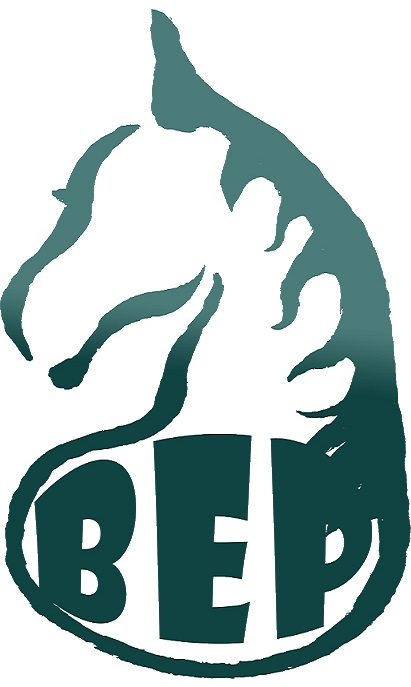Stretches for your horse-Balanced Equine Performance
Stretches for your horse
While treating horses I will often come across areas that are tight or sore and have reduced flexibility. I will often recommend performing stretches that will help to improve your horses flexibility and improve and maintain the response to treatment. Below I will show you the most common stretches I will advise you to perform. Generally speaking I would perform stretches after the horse has been worked while the muscles are still warm. Ideally you want to hold these stretches for 10-20 seconds but this should be slowly built up. Only do what your horse can manage. Belly LiftsBelly lifts are a great exercise for stretching the topline of the horse and improving the function of the thorax. Some horses don't like to perform belly lifts and may need some coaxing. Please position yourself so that you don't get kicked. I will often give a small treat or a good pat after asking for a small lift of the belly to encourage the reluctant horse and slowly build on the response over a few weeks as often this can be painful/difficult. If your horse really dislikes this stretch don't continue and talk to me. Belly lifts 1Belly lift 2
Bum TucksThis is a great exercise to stretch the lumbar area and pelvis. This is another exercise that can stimulate a kick response so please be careful and position yourself to the side of the horse. Bum Tucks
Carrot StretchesAround to the hind fetlockThis is one of the main stretches that has been shown to help to improve posture and back strength and in particular the multifidus muscles. (see article 'Understanding Equine Back Pain'). It is also a great exercise for improving flexibility of the horses back.Around to the hind fetlock Around to the hipThis is a great exercise for improving flexibility and range of motion of the whole spine.Around to the hip
Between the front legsThis is another great exercise for improving the horses flexibility and range of motion in a different plane.Between the front legs
Out sidewaysThis stretch is great for stretching the lower neck in particularOut sideways
Walking over poles
Pole work is introduced after your horse is able to maintain a neutral posture and neutral spine during movement including walk, trot and canter.
Initially I would start with walking over a single pole on the ground straight and then on an angle. Once your horse can do this easily I would lift the pole up to knee height and walk the horse over it. This encourages movement of the scapula's as well as the normal figure of 8 motion of the pelvis.
Lunging over poles
Again lunging is only introduced into your horses program once they're able to maintain a neutral posture and spine during hand walking and straight line trot. After this poles may be introduces however should the horse invert their posture during the exercises you may need to take a step back in the process as this is an indication they're not ready to move on yet.
Lunging over poles can be very beneficial for encouraging good spinal movement and lateral flexibility. In general this should be performed prior to riding to stretch and mobilise the horse prior to getting on or can be used on day's you're not wanting to ride.
Lunging on a slight incline can be introduced further into the training as this will encourage core muscle use on the downhill and engagement of the hindquarters on the uphill but again should the horse invert or struggle this may need to be pushed back in the training until the horse is stronger.
Using a pole on the incline should only happen once the horse can maintain the neutral posture on the circle easily in all gaits. The poles should then be put at the bottom of the hill to encourage the horse to adjust itself. A higher cavaletti can be added to the circle once your horse is able to do this easily at the top of the circle. This should be started in walk and built up to trot (1 minute initially and up to 5 minutes each way). Ideally the horse should be able to perform all of the above in a neutral head/neck posture (ideally telescoping the neck forward and slightly down) and with an inside bend to allow the whole body to bend on the circle. The average distance between poles for a 16hh horse is 1.2m.
Lateral work
Lateral work including Shoulder in, Leg yeild etc are all very beneficial for spinal health but should be used once the horse is able to maintain vertical and horizontal balance through their body. This means once they have built up the strength through ground work.
Riding
If your horse has a negative angle to their spine riding should be avoided until they have built up adequate strength through the thoracic sling and spine using groundwork. See Gallery for some examples of a negative angled spine.
If you're unsure if your horse is up to riding or unsure about your horses posture please get in touch.
For further rehabilitation exercises or a plan please contact us for a consultation.

Phone: Ann 0468 856 827
Tony 0415 309 417

